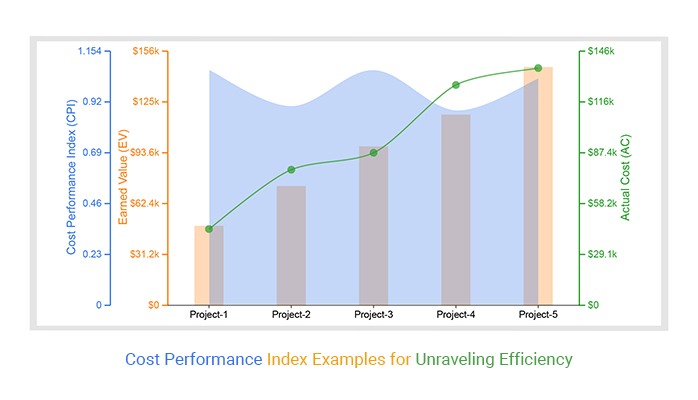Picture Archiving and Communication Systems, or PACS, have revolutionized the way medical imaging is managed and distributed in healthcare settings. This advanced technology allows for the storage, retrieval, and transmission of medical images such as X-rays, MRIs, and CT scans in a digital format. The traditional method of storing and managing physical films has been replaced by a more efficient and cost-effective solution with the implementation of PACS. This article aims to provide a comprehensive understanding of what PACS system is, how it works, and its impact on the healthcare industry. We will delve into the key components of PACS, its benefits, and its role in improving patient care. Furthermore, we will also discuss the various types of PACS systems available, along with their features and capabilities. With the rapid advancements in technology and the increasing demand for efficient healthcare services, it is crucial for medical professionals to have a thorough understanding of PACS. So, let us explore the world of PACS and its significance in modern healthcare.
sepStream – a provider of Enterprise PACS Imaging Solutions, primarily in the healthcare and diagnostic imaging niche.
Efficient medical image management solution
In today’s technologically advanced healthcare landscape, the need for an efficient medical image management solution has become increasingly paramount. With the ever-increasing volume and complexity of medical imaging data, healthcare providers require a streamlined and secure system to store, access, and share these critical images. An efficient medical image management solution not only enhances the diagnostic capabilities of healthcare professionals but also improves patient care coordination and decision-making processes. By leveraging advanced technologies such as cloud-based platforms and interoperability standards, these solutions enable seamless integration with existing hospital systems, ensuring real-time access to patient imaging data across departments and locations. The result is a more efficient and collaborative workflow, leading to enhanced patient outcomes and overall healthcare delivery.
Streamlines workflow and communication
Utilizing a PACS system streamlines workflow and communication within healthcare organizations. By centralizing and digitizing medical imaging data, healthcare providers can access and share patient images and reports more efficiently. This eliminates the need for physical film and reduces the time and effort required for image retrieval and distribution. With PACS, healthcare professionals can quickly access patient images from any location, enabling faster diagnoses and treatment decisions. Additionally, PACS systems often integrate with electronic health records (EHRs) and other hospital systems, allowing for seamless information exchange and collaboration between different departments and healthcare providers. This streamlined workflow and communication not only enhances the overall efficiency of healthcare delivery but also improves patient care coordination and outcomes.
Securely stores and shares images for PACS
With the increasing reliance on digital technology in the healthcare industry, the need for a secure and efficient system to store and share medical images has become paramount. A PACS system serves as the ideal solution for securely storing and sharing images, ensuring patient data remains protected and accessible to authorized healthcare professionals. By employing robust encryption and access controls, PACS systems provide a high level of security, mitigating the risk of data breaches and unauthorized access. Furthermore, these systems offer sophisticated sharing capabilities, allowing healthcare providers to seamlessly share images with colleagues across different locations or even refer patients to specialists for further evaluation. This not only enhances collaboration but also expedites the delivery of quality care to patients.
Customizable to fit specific needs
To further enhance the versatility and functionality of a PACS system, it is designed to be customizable to fit specific needs within a healthcare organization. Administrators have the flexibility to configure the system according to their requirements, tailoring it to align with their existing workflows and protocols. This customization may include the ability to define user roles and permissions, allowing different levels of access and functionality based on specific job responsibilities. Additionally, the system can be tailored to integrate seamlessly with other healthcare software applications, such as Electronic Health Records (EHRs) or Radiology Information Systems (RIS), creating a comprehensive and cohesive digital ecosystem. By adapting the PACS system to meet specific needs, healthcare organizations can optimize efficiency, streamline processes, and ultimately deliver high-quality patient care.












